MASSAGE THERAPY AS AN ALTERNATIVE MEDICINE
Massage therapy is a broad term that encompasses a wide variety of procedures, and methods, of pressing, kneading and manipulating muscles, and other soft body tissues, such as tendons, ligaments, skin, and connective tissues. The main objective of massage therapy is to relax the soft tissues while promoting an increased delivery of blood and oxygen to the areas being massages and, therefore, to decrease tightness and pain. Massage therapy is accomplished by utilizing the massage therapist’s fingers, hands, arms, elbows, hands/or feet. Occasionally, however, mechanical and electronic devices may also be used.
There are more than eighty official types of massage therapy treatments, but some of the most widely known are the following:
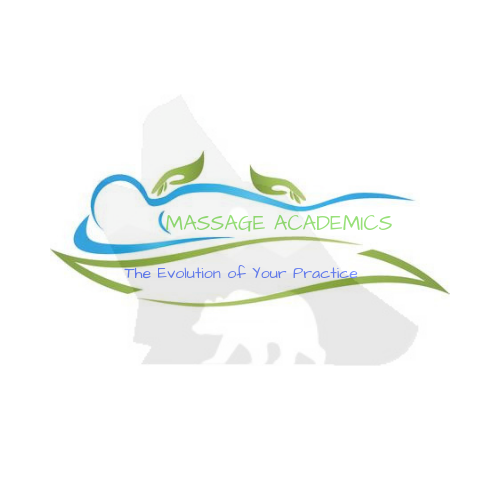
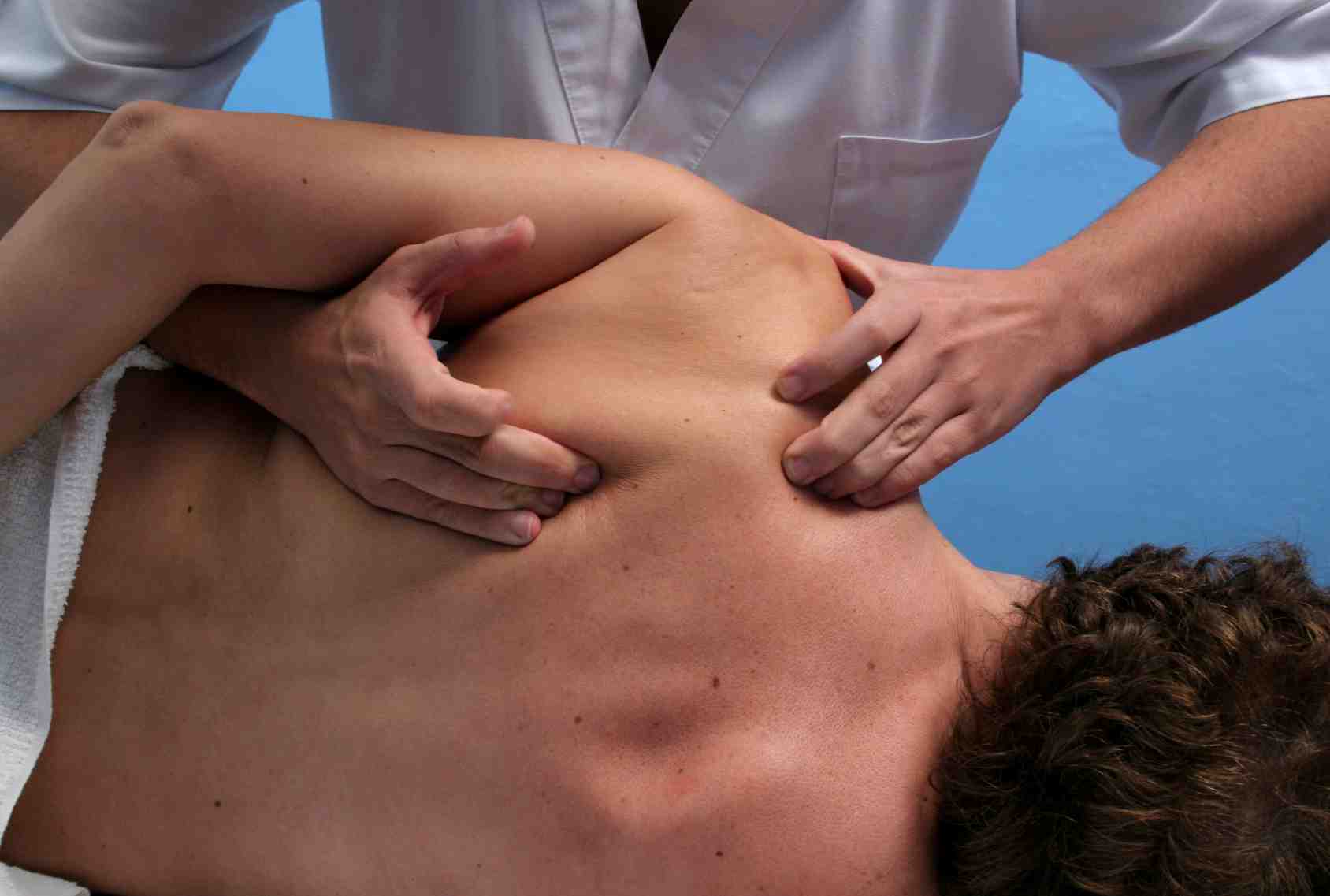
The Trigger Point Massage. This procedure is also known as the Pressure Point Massage, and it is more focused on specific myofascial trigger points with a stronger force than the Deep Tissue Massage. The goal here is to dissolve the painful knots that were formed in the muscles as well as to relieve additional symptoms in more remote areas of the body.
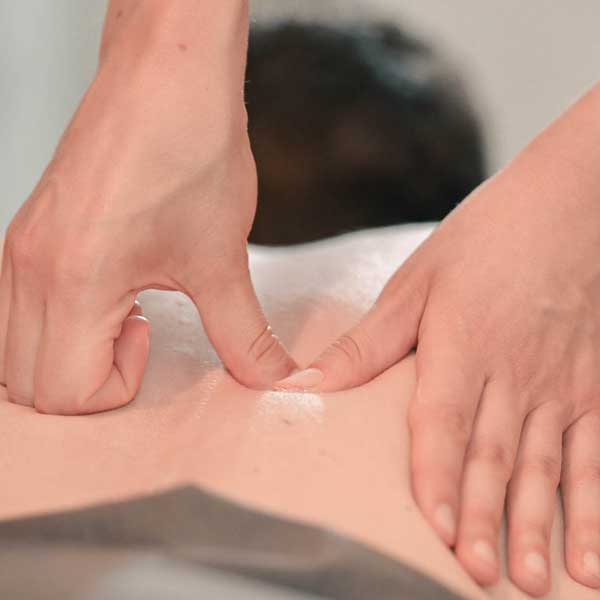
The Swedish Massage. This system utilizes oblong, smooth strokes, kneading, and friction of the muscles as well as joint movement to increase their range of motion and flexibility.

The Shiatsu Massage. Using altering rhythmic pressure, tapping, squeezing and rubbing along the meridian and on various other parts of the body, the main objective of this Eastern massage therapy is to enhance the flow of fundamentally important energy called gi. And this energy, in the ancient Chinese medicine, is believed to be the life force that regulates a person’s spiritual, emotional, mental and physical wellness that is easily affected when subjected to the rival forces of yin and yang.
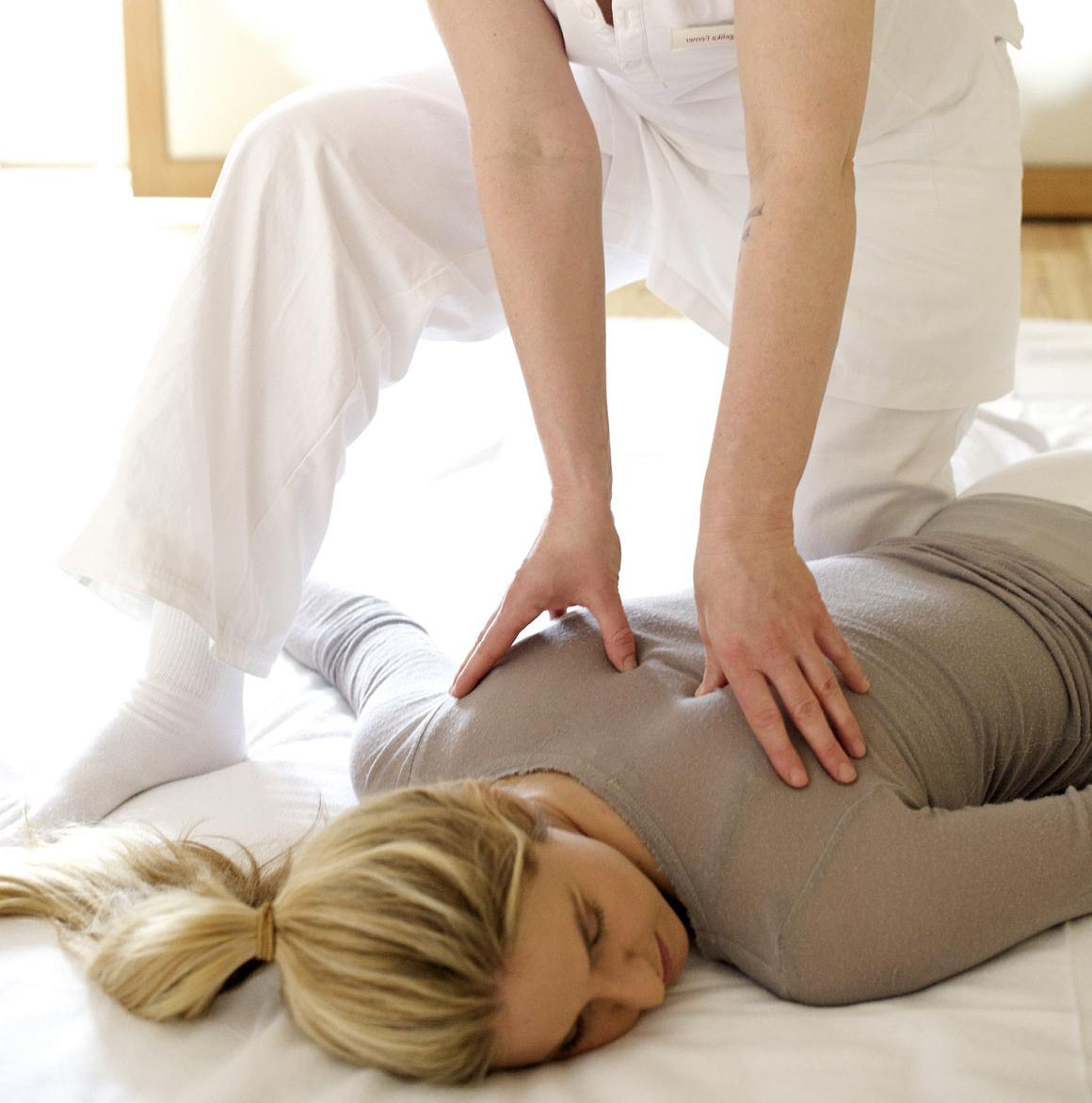
Massage and Chiropractic Care
Chiropractic Treatment:
– For the most part, chiropractic focuses on the hard tissues such as the spine and other joints for adjusting and realignment. Chiropractors have some training in massage techniques, but that is never their first and foremost priority.
– Chiropractors are authorized to make a medical diagnosis, order x-rays or blood works.
– Chiropractors cannot prescribe conventional medications, but they can sell supplements or homeopathic remedies.
– Chiropractors do not need medical referrals to perform their work.
Massage Therapy:
– Massage therapists perform wonderful work on the soft body tissues such as the muscles, tendons, and ligaments but, are not trained, nor are they licensed to, adjust the spine or any other joints.
– Massage therapists may not legally make a medical diagnosis, order x-rays, or any blood work.
– Massage therapists are not permitted to dispense medications of Western medicine, but they can and do provide or recommend alternative herbal remedies.
– Massage Therapists do not require referrals from anyone to conduct their massage sessions.
A recent study, in which more than 34,000 participants in the United States, were asked to rate which alternative treatments worked best for their two biggest health problems for the past two years. The overwhelming majority voted for deep tissue massage therapy and chiropractic therapy in equal measures for such conditions as back pain, osteoarthritis, rheumatoid arthritis, fibromyalgia, respiratory problems, high blood pressure, high cholesterol, depression, insomnia and prostate problems.
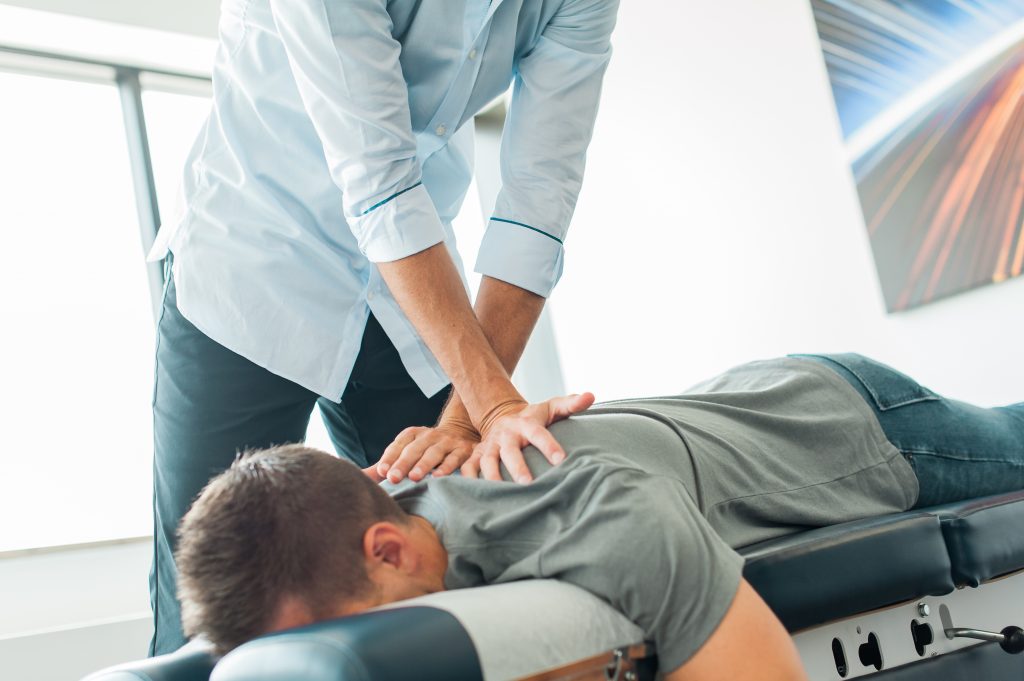
Whether the four most often practiced massage therapies I mentioned above are used as complementary alternative medicine (also known as CAM) or any one of the other recognized eighty which are available to a lesser or greater extent, there are important points to be considered:
• No massage therapy should ever be used in place of regular or ongoing medical care.
• Massage therapy should not be the cause or the excuse to postpone visiting a medical professional for existing medical issues.
• The massage therapist’s schooling and credentials must be verified, as well as his or her experience with specific health and medical conditions.
• Any additional complementary alternative medicine (CAM) such as herbs, supplements, special diets, or other treatments which are suggested by the massage therapist must first be reviewed with a medical professional.
• Although the subject of massage therapy (how it works and why) has been studied for many years and continues to study, much of it remains within the realm of a mystery.
• If and when massage therapy is performed by a well training and experienced professional, few risks are involved, and the worst of them may be temporary pain or discomfort, bruising, swelling or an allergic reaction to the massage oils. The small number of serious injuries which have been reported were triggered by untrained hands that were not aware that certain medical conditions should not be massaged. It is, therefore, essential to consult a medical professional before undergoing massage therapy, particularly under the following circumstances:
Deep vein thrombosis
A bleeding disorder or when taking blood thinners
Damaged blood vessels
Weakened bones from osteoporosis, a recent fracture or cancer
The presence of high body temperature
Open or healing wounds, tumors, damaged nerves, an infection, severe inflammation or fragile skin
Pregnancy
Heart problems
Dermatomyositis or any other skin disease

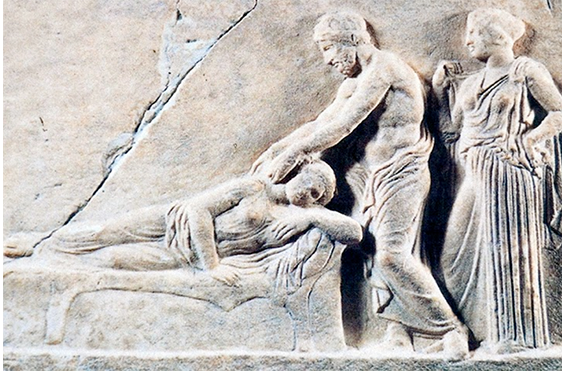

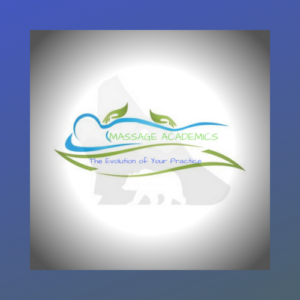


Recent Comments